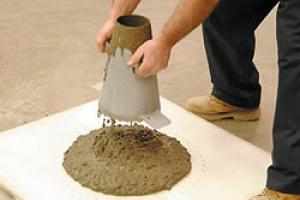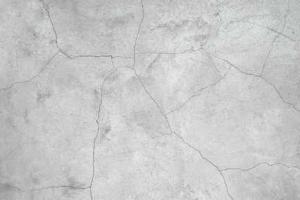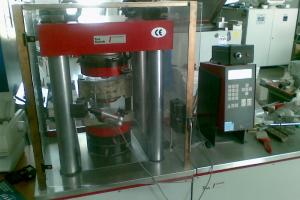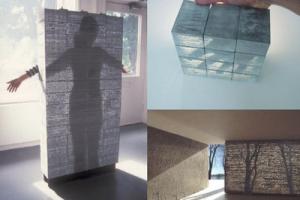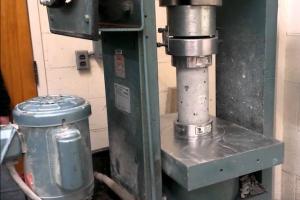Effects of Aggregate Properties on Concrete

Although aggregates are most commonly known to be inert filler in concrete, the effects of aggregate properties on Concrete impacts the strength, durability, workability, and economy of concrete. These different properties of aggregate allow designers and contractors the flexibility to meet their design and construction requirements as well as manage costs of the concrete effectively. Different types of aggregates are used in different conditions and for various situations.
Effect of Size
The grading or size distribution of aggregate has a considerable effect on the properties of concrete as it determines the paste requirement for workability of concrete. The paste also affects the cost of the mix as cement is the most expensive component in the mix. Hence, it is required that optimum size of aggregates is used so that concrete can easily be transported, handeled, compacted and finished with ease. Variation in the size of Aggregates 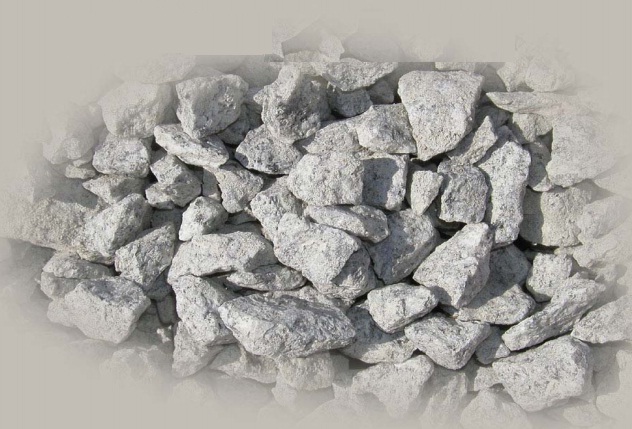 changes the water demand, cement content, micro-cracking (strength) in concrete. It also effects pumpability, and durability of concrete.
changes the water demand, cement content, micro-cracking (strength) in concrete. It also effects pumpability, and durability of concrete.
When the particles are of uniform size the spacing is the greatest, but when a range of sizes is used the void spaces are filled and the paste requirement is lowered. The more these voids are filled, the less workable the concrete becomes, therefore, a compromise between workability and economy is necessary.
Effect of Grading
Effects of aggregate properties on Concrete like Grading of aggregates depends on the proportions of coarse and fine aggregate. If grading of aggregate is varied, it also changes cement paste content (cost economy), workability of the mix, density and porosity.
It is an important factor and has a maximum influence on workability. Well graded aggregates result in the least amount of voids in a given volume. Less voids result in excessive paste availability in a unit volume and more lubrication. Hence the mix is cohesive and avoids segregation.
Effects of Surface Texture
The shape and texture of aggregate affects the properties of fresh concrete more than hardened concrete. Concrete is more workable when smooth and rounded aggregate is used instead of rough angular or elongated aggregate. Most natural sands and gravel from riverbeds or seashores are smooth and rounded and are excellent aggregates. Crushed stone produces much more angular and elongated aggregates, which have a higher surface-to-volume ratio, better bond characteristics but require more cement paste to produce a workable mixture.
Surface texture of aggregates itself depends on rock hardness, grain size, porosity, previous exposure and affects workability, paste demand, initial strength of concrete. Rough-textured and elongated particles require more cement paste to produce workable concrete mixtures, thus increasing the cost. This factor is of secondary importance. Porous aggregates require more water compared to non absorbent aggregates for achieving same degree of workability.
Effects of absorption & Surface Moisture
The moisture content of an aggregate is an important factor when developing the water/cement ratio. The moisture content can range from less than one percent in gravel to up to 40 percent in very porous sandstone and expanded shale. Most fine aggregate is often in the wet state with surface moisture up to five percent. This surface moisture on the fine aggregate creates a thick film over the surface of the particles pushing them apart and increasing the apparent volume. This is commonly known as bulking and can cause significant errors in proportioning volume.
Surface moisture of aggregates affects the following concrete properties:
- Mix-design of concrete.
- soundness of concrete.
- strength/abrasion resistance.
Shape of aggregates:
Effects of aggregate properties on Concrete like 'Shape and surface texture' affects usually the properties of freshly mixed concrete. Angular aggregates increases flakiness or elongation thus reduces workability. Round smooth aggregates require less water and less lubrication and greater workability in a given w/c ratio.
Effect of Coarse Aggregate on Strength of Concrete
Coarse aggregate makes up about 75% of concrete by volume. Strength of concrete is also affected by the properties of coarse aggregates besides water-cement ratio and other properties. The lower the water to cement ratio, the more the effect of coarse aggregates on the strength of concrete. Undesired properties of coarse aggregate may affect the strength, durability, and performance of concrete negatively. The compressive aggregate strength is an important factor in the selection of aggregate. When determining the strength of normal concrete, most concrete aggregates are several times stronger than the other components in concrete and therefore not a factor in the strength of normal strength concrete. Lightweight aggregate concrete may be more influenced by the compressive strength of the aggregates.
Hence, effects of aggregate properties on concrete properties is huge. In fact, most of the properties exhibited by concrete are what it is made up of - aggregates.



